5. His Kind of Woman (1951)
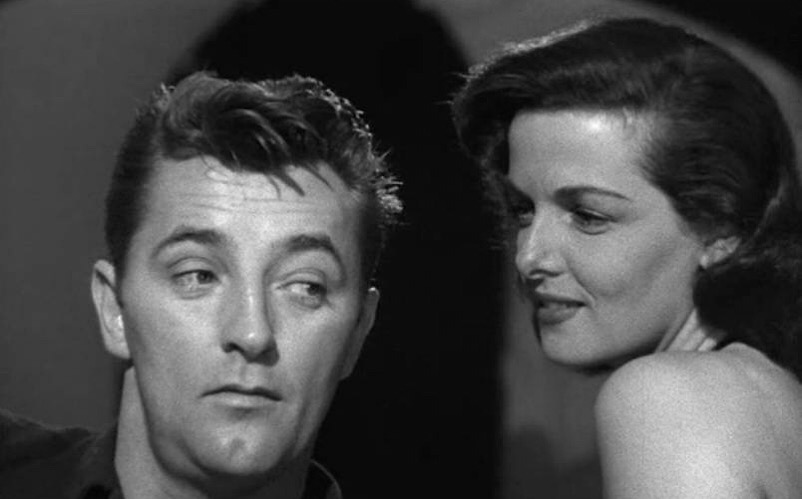
Of course, there was always going to be more Robert Mitchum on this list. In order to be able to re-enter the United States, the head of a cardsharing organization wants to buy the identity and – through facial surgery – the appearance of a passionate gambler. When he realizes that his life would be forfeited if the plan succeeds, he takes up the fight against the gangsters.
What’s most notable about “His Kind of Woman” is that it has a lot of sarcastic and satiric undertones. That’s why it may come off as odd to some but it’s certainly enjoyable, particularly notable for its ad-libs. While Mitchum and Jane Russell make a perfect pairing, it’s Vincent Price who steals the whole show. Those who’re looking for more of a serious noir may be disappointed with its lack of suspense but it’s also a fast-paced, entertaining ride for so many other reasons.
It began as a loose adaptation of Gerald Drayson‘s unpublished story, “Star Sapphire,” but during the shoot and afterwards, Howard Hughes added dialogue and scenes due to his dissatisfaction with John Farrow’s work. That’s how he brought in Richard Fleischer, which is maybe why the film sometimes feels like a mix of different genres, but that’s also what makes it stand apart.
4. Odd Man Out (1947)
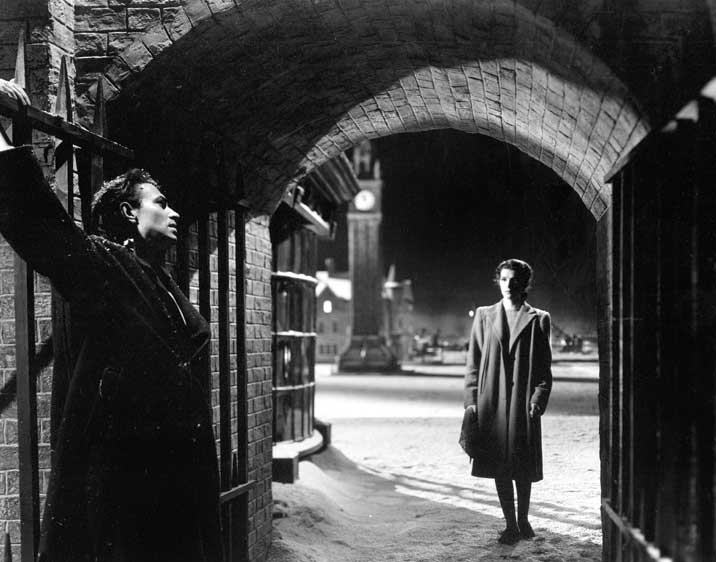
Set in an unnamed Northern Irish city, it is based on the 1945 novel of the same name by F. L. Green. The movie starts with this: “This story is told against a background of political unrest in a city of Northern Ireland. It is not concerned with the struggle between the law and an illegal organisation, but only with the conflict in the hearts of the people when they become unexpectedly involved.” That’s how the movie starts and maybe that’s all we need to know about the plot before watching the whole thing.
It won’t be the only film by Carol Reed on the list, who was simply a marvelous filmmaker. It’s been said that Roman Polanski thinks it’s his favorite film and it’s not hard to see why. Also, it’s not hard to see its influence on his work, but unfortunately his love for the movie didn’t make the film well-known enough. In fact, Reed’s filmography outside of “The Third Man” should always get more recognition. The film exists somewhere between realism and expressionism. Surely inspired by Dostoyevsky in some of its concepts, the movie becomes more and more fascinating and innovative.
3. The Glass Key (1942)
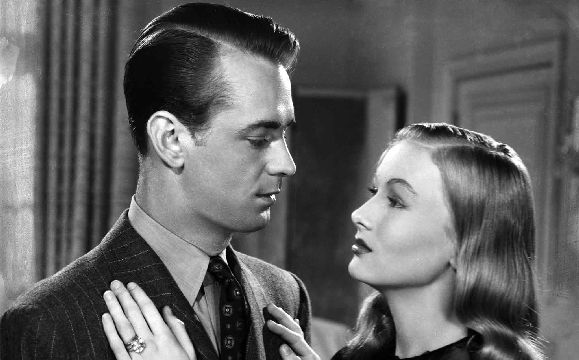
The influential and corrupt politician Paul Madvig holds the reins tightly in his hand in Baltimore and sells his loyalty to the highest bidder. When he falls in love with Janet Henry, the daughter of the honorable Senator Ralph Henry, he switches sides to support the Senator in the upcoming gubernatorial election. Madvig’s right-hand man, Ed Beaumont, thinks this is a mistake because he distrusts Janet’s motives.
An inspiration for Akira Kurosawa when he made one of his masterpieces “Yojimbo,” “The Glass Key” is a groundbreaking film noir, and one can argue that it has an influence on many other films, including Howard Hawks’ more popular “The Big Sleep.” The second adaptation of the novel by Dashiell Hammett, which, unlike the first (in 1935), places more emphasis on the stars than on the story. It’s gorgeous to look at the film goes from murder mystery to corrupted politics to love story and some action. Alan Ladd and Veronica Lake are fine, but it’s the supporting cast that steals the show. It also has a cold, dark and brutal atmosphere that would satisfy most noir fans.
2. Niagara (1953)
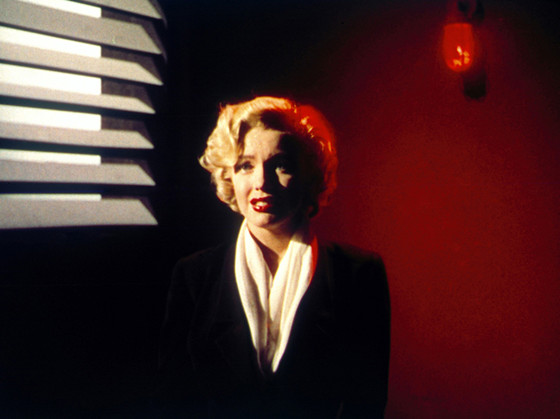
One of Marilyn Monroe’s finest and most underrated roles, “Niagara” is about Polly and Ray Cutler spending their honeymoon on the Canadian side of Niagara Falls, They stay in the fictional motel called Rainbow Cabins. Here they get to know the attractive Rose Loomis and her husband George. George was in a military mental hospital after the Korean War and is still suffering from the war. Rose pretends to be very worried about her husband. On a tour of Niagara Falls, however, Polly sees her hugging a man named Ted Patrick and then the further complicated events start.
“Niagara” works as a marriage drama and twisty thriller story, and makes a great use of its locations and production designs. As opposed to the usual examples of the genre, it relies heavily on color, but it works; it won’t alienate many people because the story is what you’d expect from a noir film and even though the film uses bright colors, it only enrichens and even darkens the storyline.
1. The Fallen Idol (1948)
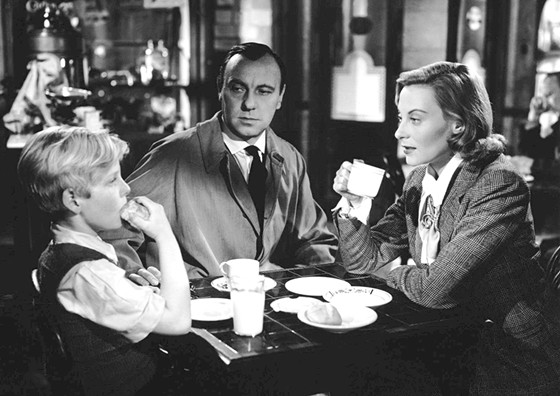
Another Carol Reed masterpiece. The film was nominated for the Academy Award for Best Director and Best Adapted Screenplay (Graham Greene), and won the BAFTA Award for Best British Film, but as mentioned in “Odd Man Out,” Reed’s filmography deserves more attention and recognition. The film is told through the naive eyes of a diplomat’s young son, Philippe, who idolises his father’s butler, Baines. Baines entertains him with fictional stories but in reality, he’s much more of a depressed and plain man than the stories he tells. One day, his wife accidentally falls to her death but Phillippe believes he has seen Baines murder her.
The rest of the film is unpredictable and thought-provoking. It’s a portrait of the destructiveness of innocence and also how easily one can be manipulated, or in general how you can manipulate or be manipulated. The film takes us into the child’s mind and how a child views the violent adult life. It always remains fascinating and also believable. As a mystery film, it works well because you never know what’s going to happen next, but as mentioned, it gives a terrific portrayal of the powerlessness of children in the adult world, where they are ignored, discounted and manipulated. This tragic film is directed, acted and written so expertly and every technical detail is worthy of praise as well.